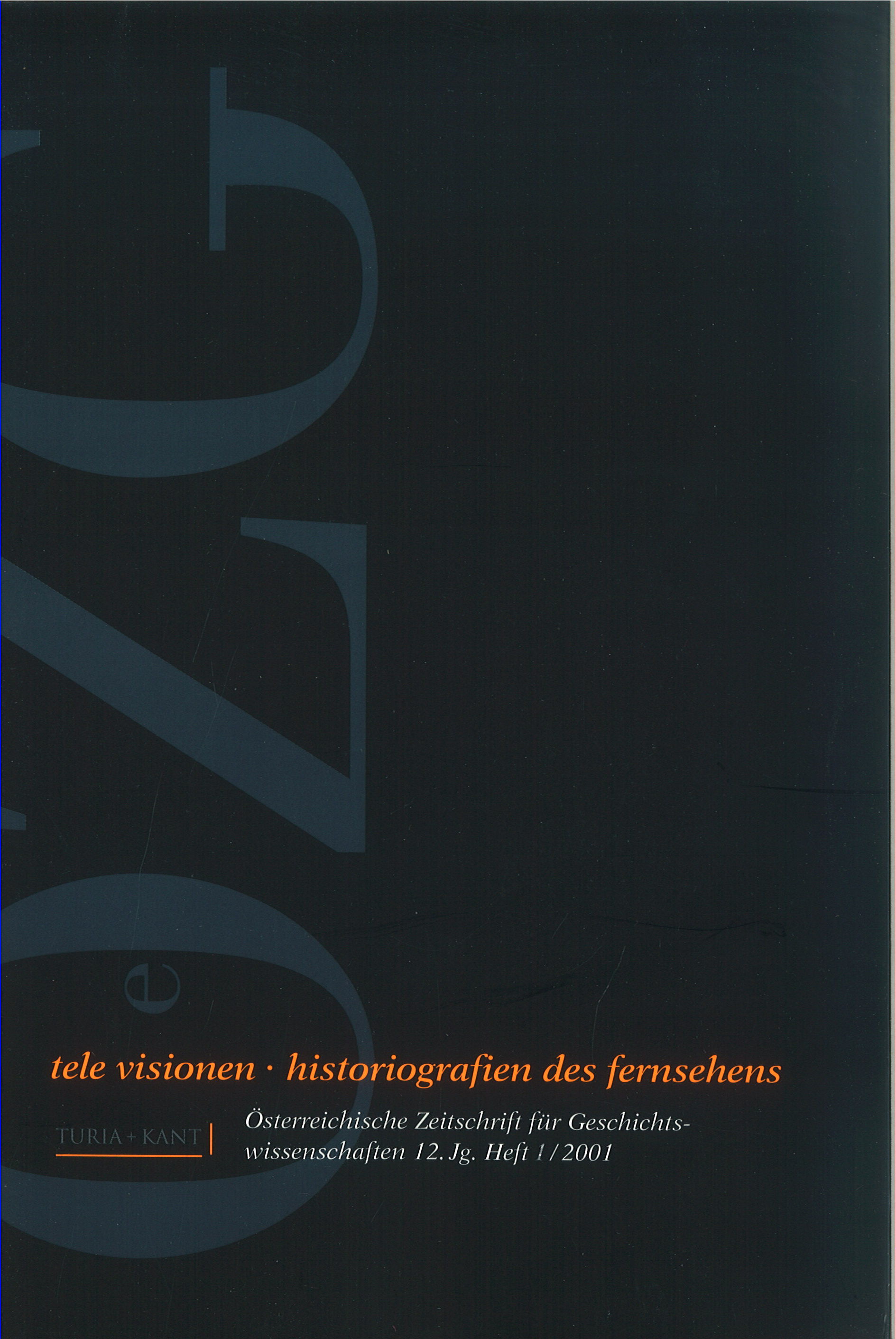High Culture in Low Places: Television and Modern Art, 1950-1970
DOI:
https://doi.org/10.25365/oezg-2001-12-4-6Abstract
This essay examines the role that television played in defining the American image after World War II. lt focuses on how television served to popularize modern painting (especially abstract expressionism and Pop art), and it looks how television contributed to the nationalist goal of creating a uniquely »American « image - distinct from European painting, especially that of Paris. lt argues that television valorized advertising art as the quintessential American and democratic form, and in the process led the way to the popular embrace of Popism. The essay also considers television's role in the gendered economies of the postwar art world. In particular, it considers how television programs about the arts addressed a family/housewife audience, and it also shows how television portrayed artists in relation to gender and sexual politics.


